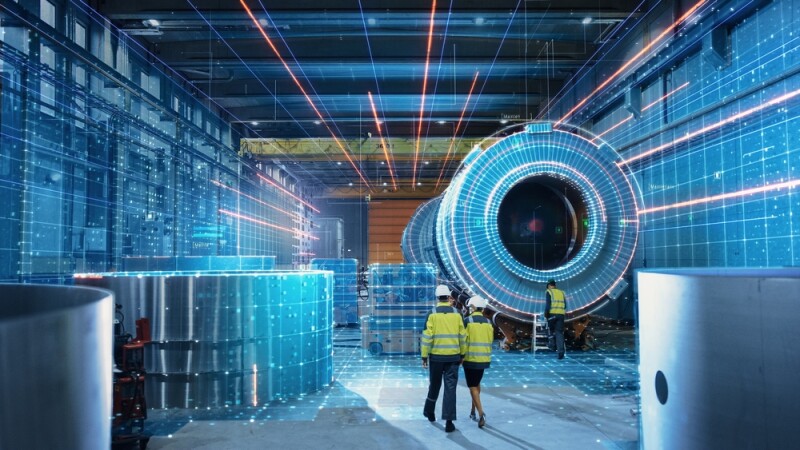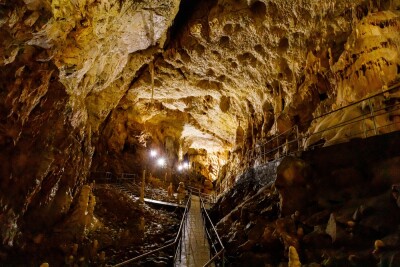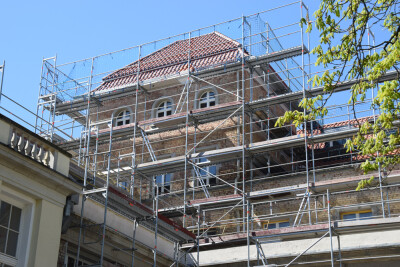Every week, we highlight stories from friends around the internet that put a spotlight on the latest in the 3D technology industry. These stories can take many different forms, whether they be about a new innovation or workflow, an interesting and/or unique use case for 3D technology, or a higher level look at the state of the sector. Today, we look at how digital twins are being utilized in industrial settings, new information gleaned from modern 3D scanning tools, and how scanning is being used by law enforcement investigations.
Find links to the full articles below.
The Role of Digital Twins in Transforming Industrial Operations
TimesTech
Recently, I had the chance to spend a week in Vancouver with infrastructure professionals from around the world at Bentley’s Year in Infrastructure event. Given Bentley’s area of focus, it’s no surprise that there was a lot of talk about digital twins and the value they are already providing, something that is only increasing with the strides being made in artificial intelligence and machine learning. This article looks at how another sector – industrial operations – is utilizing technology to improve their workflows.
Scan reveals inner workings of oldest model loco
Alex Moss | BBC News
At Geo Week News, most of our focus in the 3D scanning realm is around large-scale scans, be it buildings, road systems, or even entire cities. For this story, though, we’re focusing on the smaller scale side of the industry in which scanners are used to scan individual assets. In this case, the smaller asset is the world’s oldest model locomotive, which is more than 200 years old. The article highlights what researchers were able to learn about the model from the scan, and what that can tell us about the earliest days of steam locomotives.
Crime scene investigators on modern technology in Charlotte: ‘It’s so important’
Alex Giles | WBTV
Recently at Geo Week News, we highlighted the work being done in forensic investigations by the Brazil Federal Police, and specifically their usage of 3D scanning to assist their work. As we covered in that article, it’s become a critical part of their work, both speeding up processes and improving accuracy. This article shows that this work is also being done in the United States, highlighting Charlotte’s police department and their usage of 3D scanning.






